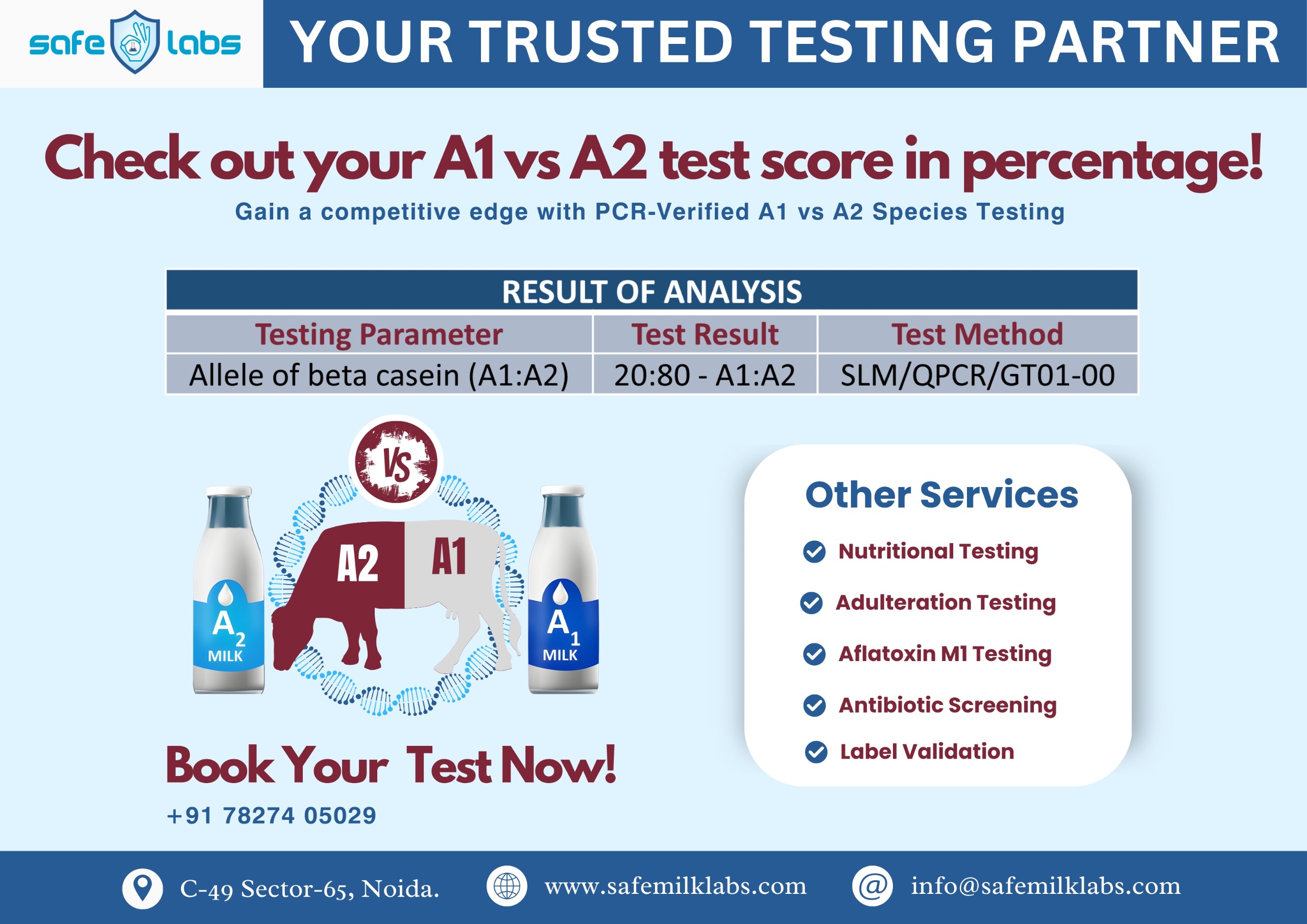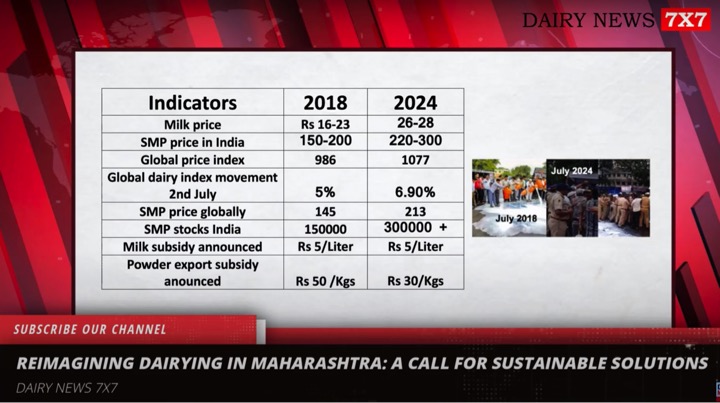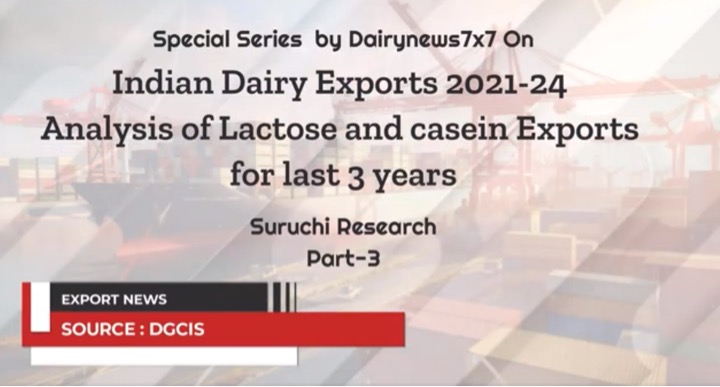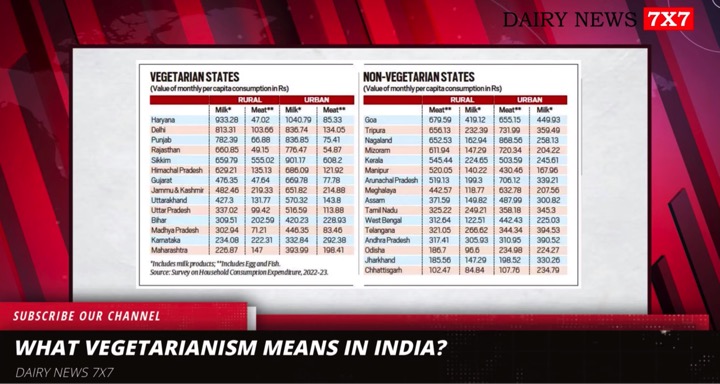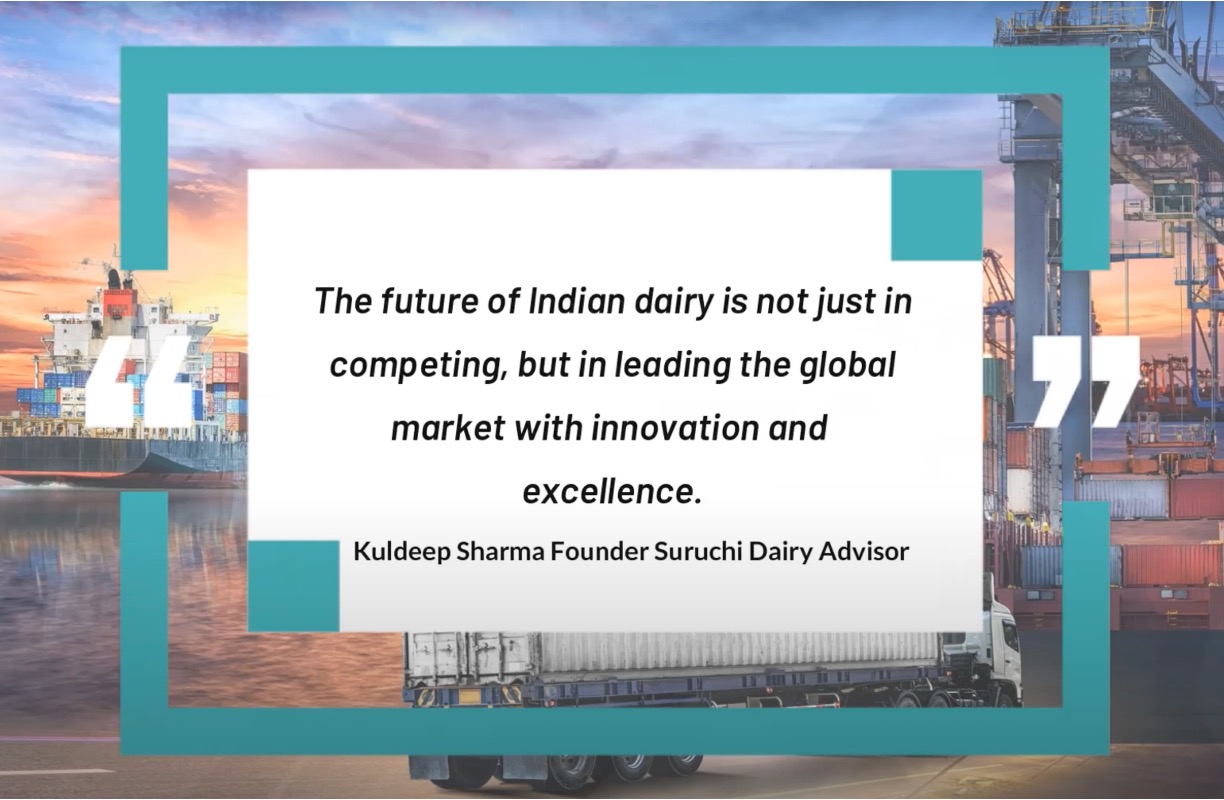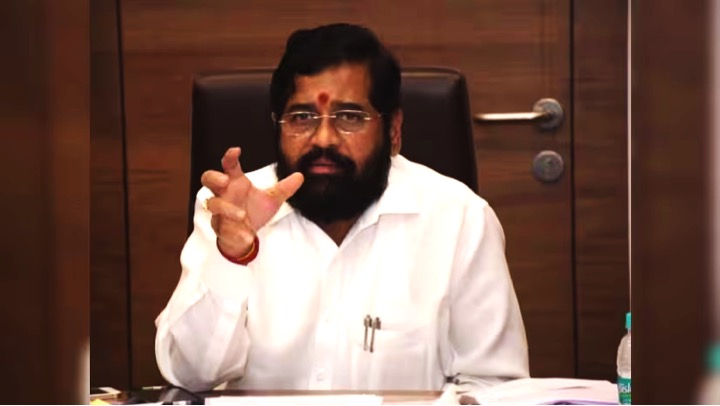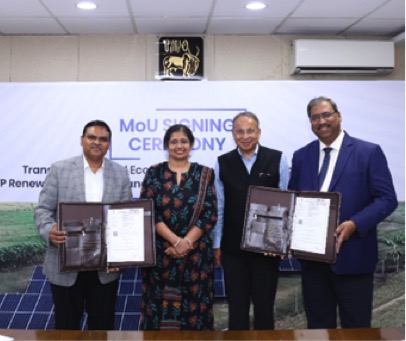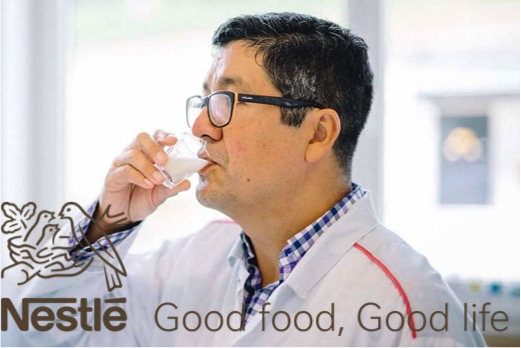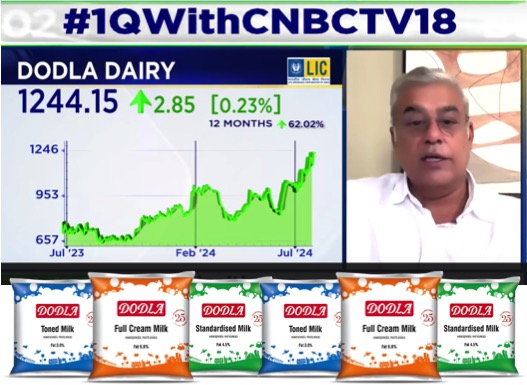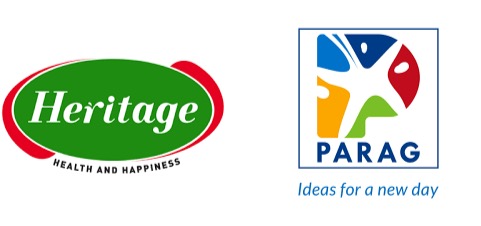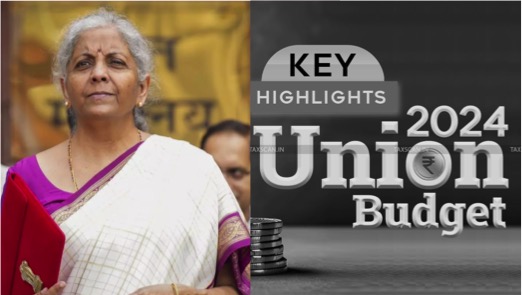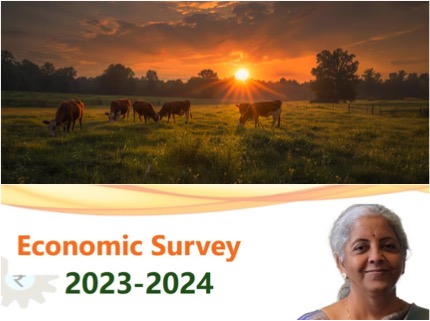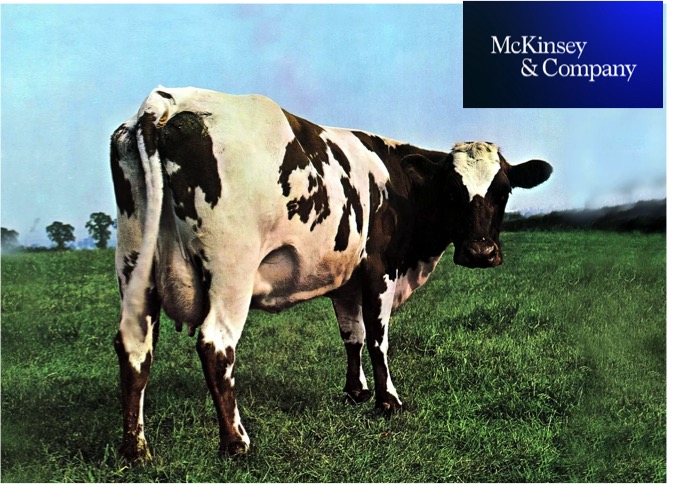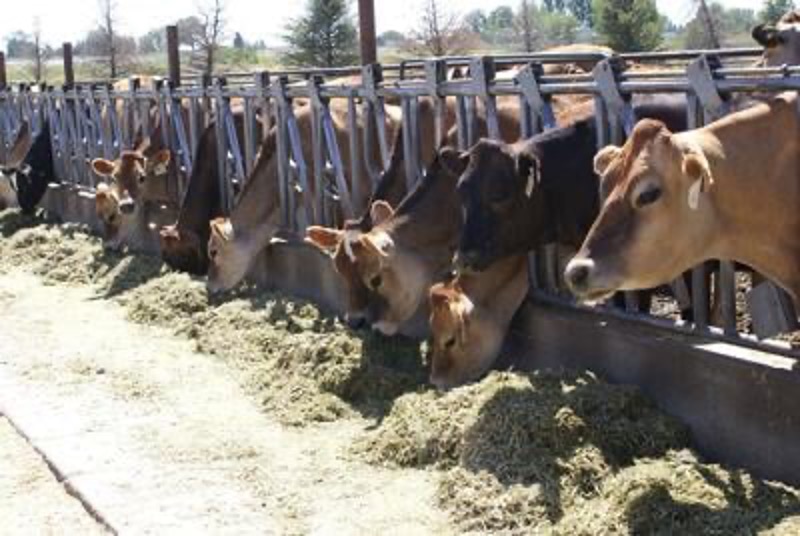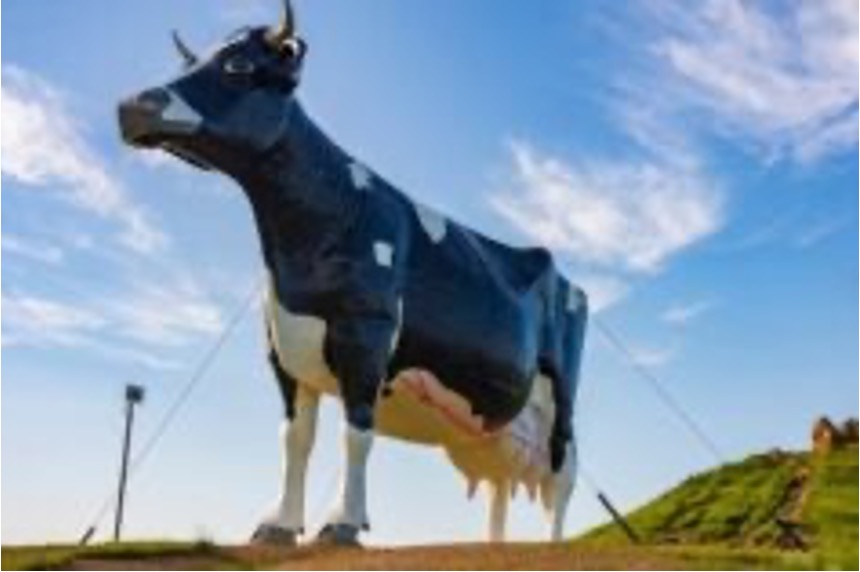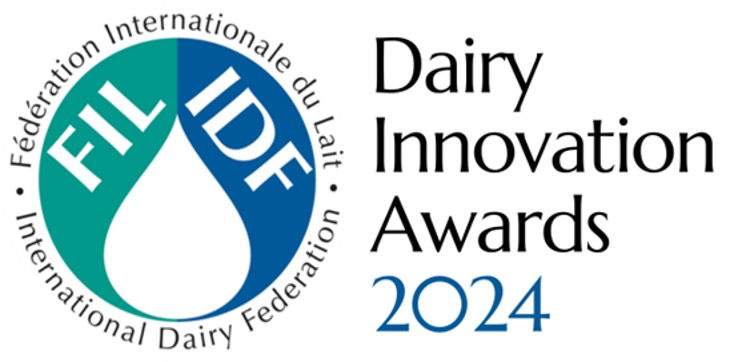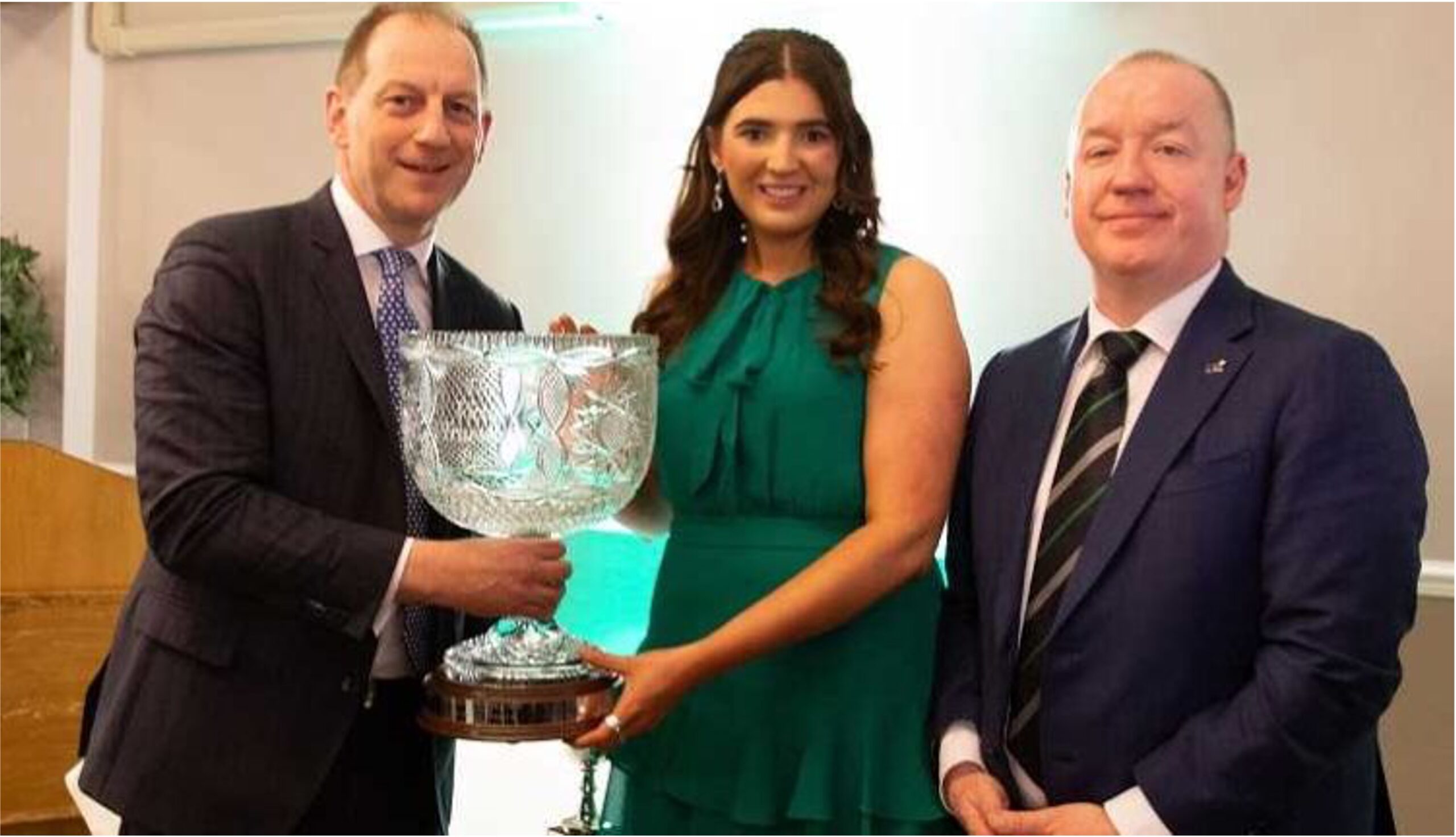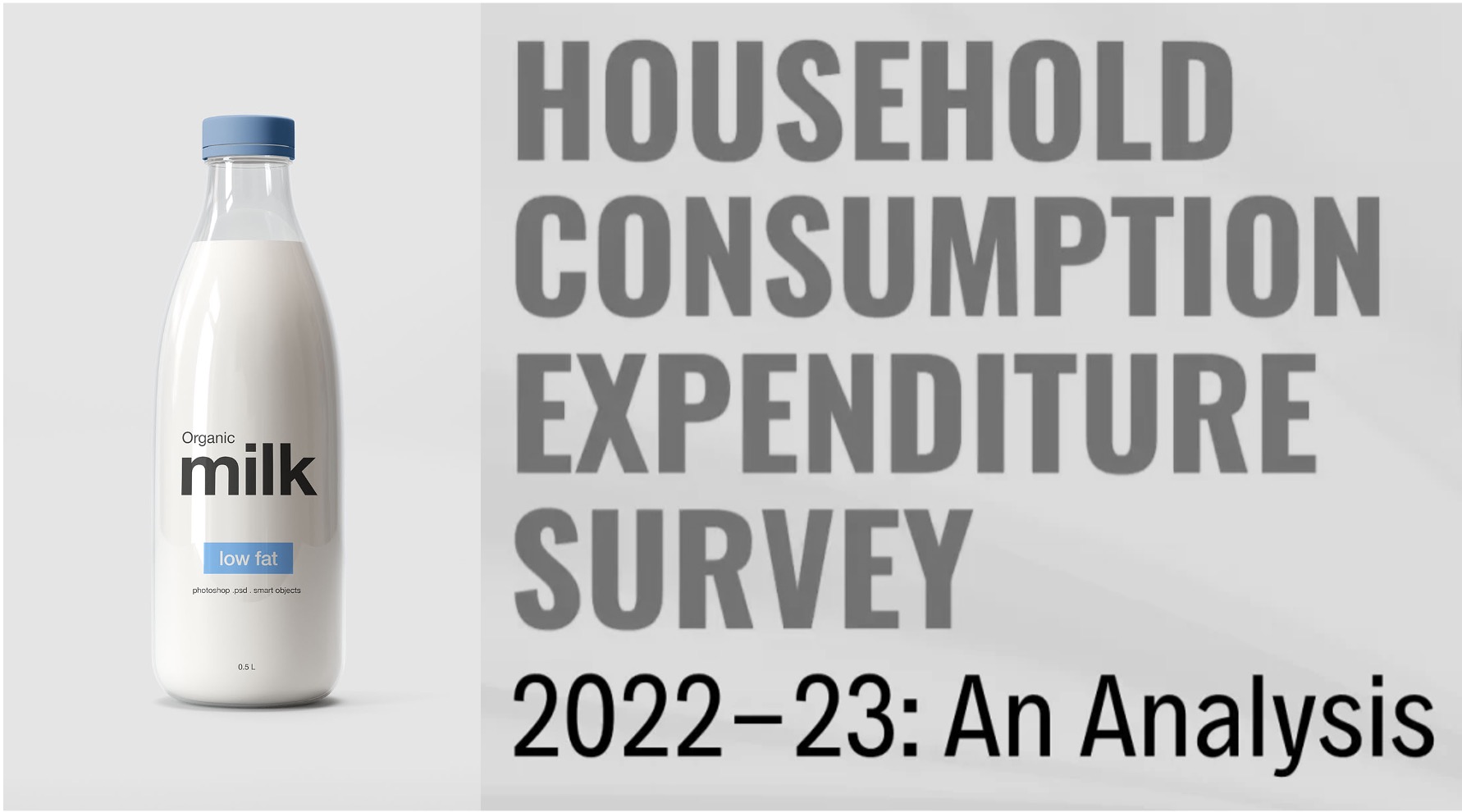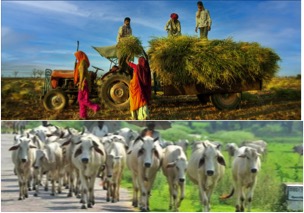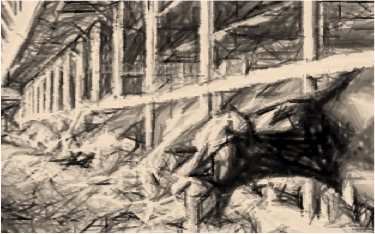The wearables market skyrocketed over the last three years, and consumers are projected to spend nearly a $100 Billion on devices ranging from smartwatches to smart patches in 2022.Now, one tech startup wants to take wearables to another market: cows.Bangalore-based Stellapps is a farm-to-consumer digital platform that uses technology to track milk on its journey through the supply chain.
“We have a device which is like a Fitbit for cattle,” says Ranjith Mukundan, co-founder and CEO of Stellapps. The company’s “mooON” device “goes around the animal’s leg, and [tracks] their activity levels,” he says.
When cows are sick, they move less, and when they are ovulating, they move more, says Mukundan. Stellapps combines information from the step trackers with data that farmers and vets enter into a smartphone app, which issues reminders for routine protocols such as vaccinations and artificial insemination. Healthier cows produce more milk, and by tracking and better managing their animals, farmers can increase yields, says Mukundan.But Stellapps isn’t just creating step counters: the mooON device is one small part of a much bigger initiative to transform the world’s largest dairy industry with smart tech.
Digitizing dairy
Founded in 2011, Stellapps’ technology is currently used by nearly three million dairy farmers across 36,000 villages in India, accounting for over 13.5 million liters of milk daily, according to Mukundan.In October 2021, the company raised $18 million, led by Dutch animal nutrition company Nutreco , which joined existing investors including the Gates Foundation and Blume Ventures.In India, farmers typically deliver milk to collection points in nearby villages. Here, Stellapps uses an ultrasonic analyzer to measure the nutritional content of the milk — allowing standardized price-setting and giving farmers updates on their cows’ health and nutritional needs.The company measures the volume of milk collected with a digital scale and transfers payments directly to farmers’ bank accounts via its “mooPay” platform.Milk of similar quality is then combined in digitally tagged 40-liter cannisters and sent to a larger, centralized cold storage unit. At the unit, volume sensors monitor the milk to prevent it from being watered down or stolen, says Mukundan. From there, the milk is taken to a processing plant to be pasteurized and packaged, or converted into products like cheese or yogurt.Mukundan says Stellapps can bring traceability into India’s dairy industry, enabling the company to “vouch for every glass of milk.”
A fragmented industry
India is home to the world’s large milk industry, producing 199 miillion metric tons in 2021.But dairy hasn’t always been a staple in India, which relied on milk imports until 1970, when a rural development program called ” Operation Flood” overhauled the industry.This made milk more affordable, providing a good source of protein, as well as reducing poverty in rural communities, says Thanammal Ravichandran, a dairy economist, and program manager for dairy at food producers ABT Foods. The program also turned India into a “milk-exporting country.”
An Indian startup could revolutionise ocean farming with its sea combine harvester .But despite its size, India’s dairy industry is still fragmented and largely unindustrialized, says Ravichandran. Around 80% of dairy animals in India belong to smallholders who own only two to three cows. In contrast, the average size of a dairy herd in the United States was 296 cows in 2020.On the small Indian farms, productivity is often low, Ravichandran adds. On average, dairy cows in India produced five liters per day in 2019, compared to more than 30 liters daily for the United States’ top dairy cows.Stellapps is not the only Indian startup looking to modernize the industry through smart technology. Like Stellapps, Prompt has created cow pedometers to monitor health and breeding cycles, and Ravichandran points to Farmtree by Inhof Technologies, which uses data to work out the efficiency and value of small farms, and Herdman by Vetware, which offers a subscription model to track data for more than one million animals. “Data can help to transform the industry,” she says.
An expanding platform
Stellapps does not charge farmers for its technology and advisory services. Instead, it monetizes its product through the cooperatives that purchase the milk and additional service providers, like insurance and animal nutrition companies.Mukundan says the company is eyeing the retail end of the supply chain, too. It’s developing a portal that maps the origin and journey of milk, which he believes will appeal to quality-conscious consumers.
By bringing more dairy farms onto the platform, Mukundan hopes he can improve life for farmers while making India’s milk products tastier and more nutritious.”Consumers are willing to pay more so that when they give it to their kids at home, they’re absolutely confident that it’s the best milk possible,” he says.



